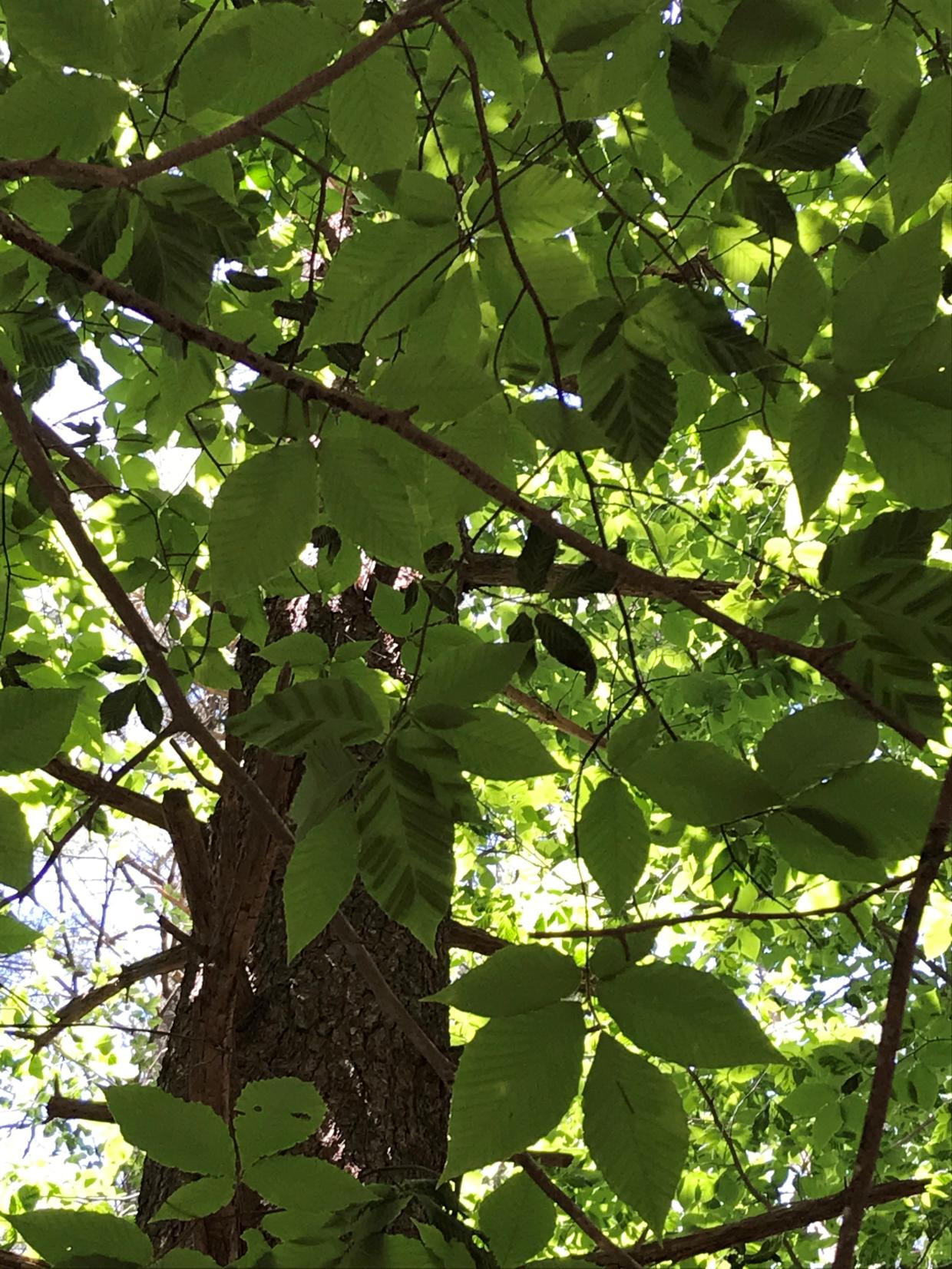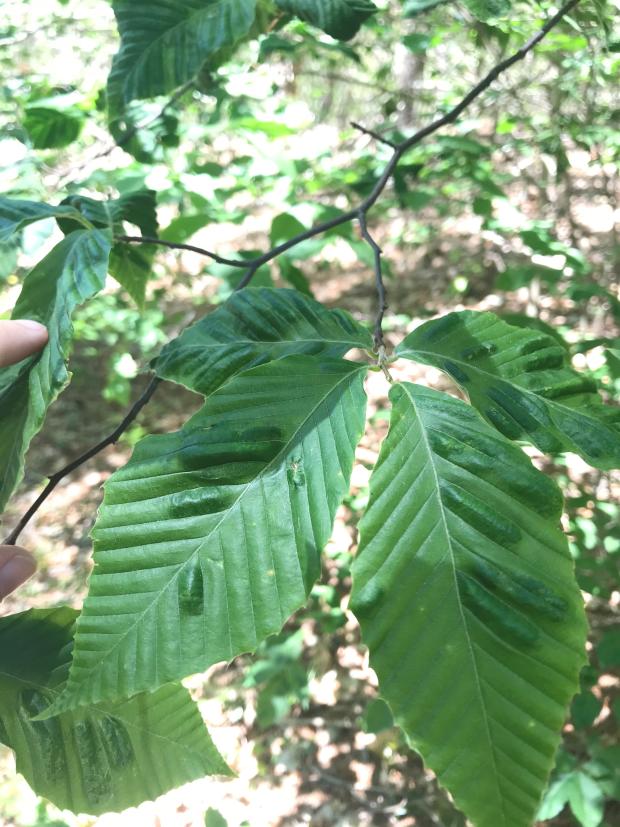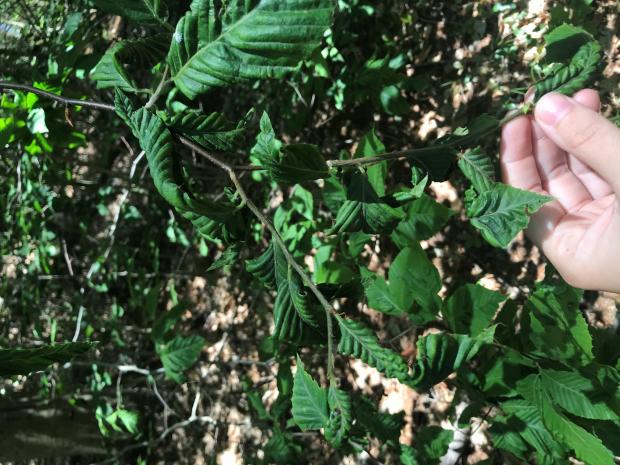Beech leaf disease (BLD) is a newly described disease, first identified in Ohio in 2012.The disease complex is associated with a foliar nematode species, Litylenchus crenatae. The disease causes damage to a tree’s leaves, leading to reduced vigor and can eventually lead to tree mortality. There are still many unknowns about how the disease is spread, how new trees are infected, or how long it takes for symptoms to develop. However, we do know that American beech, European beech, and Oriental beech can be infected. Infected trees of all ages and in both urban and forested settings have been observed.
Beech leaf disease (BLD) is a newly described disease, first identified in Ohio in 2012. The disease complex is associated with a foliar nematode species, Litylenchus crenatae. The disease causes damage to a tree’s leaves, leading to reduced vigor and can eventually lead to tree mortality.


